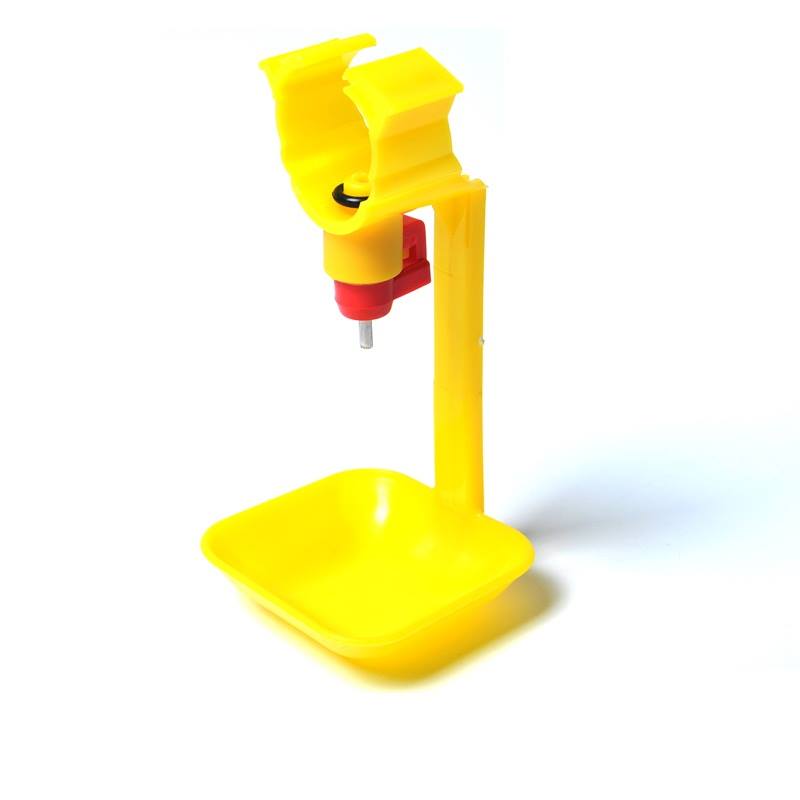Effective Vacuum Sealer Machines for High-Quality Food Packaging Solutions
Nov . 06, 2024 19:24 Back to list
Effective Vacuum Sealer Machines for High-Quality Food Packaging Solutions
The Importance of Vacuum Sealer Packaging Machines
In today's fast-paced world, food preservation has become more crucial than ever. One of the most effective ways to extend the shelf life of perishable items is through vacuum sealing. Vacuum sealer packaging machines have emerged as indispensable tools in both commercial food production and household kitchens. This article delves into the mechanics, advantages, and applications of vacuum sealer packaging machines.
Vacuum sealing is a process that removes air from a package before sealing it. This method effectively inhibits the growth of bacteria, yeast, and molds that thrive in oxygen-rich environments. By eliminating air, vacuum packaging helps keep food fresh, preserves flavor, and maintains nutritional value, ultimately reducing food waste.
Mechanics of Vacuum Sealing
A vacuum sealer packaging machine operates by placing the food item within a specially designed bag. Once the bag is positioned correctly, the machine activates, expelling air and creating a vacuum. After achieving the desired vacuum level, the machine seals the bag using heat, ensuring that the contents remain airtight. There are different types of vacuum sealers, including external suction sealers, chamber sealers, and handheld sealers, each catering to various needs and applications.
External suction sealers are popular for home use due to their affordability and ease of use. Users simply place the bag in the machine and initiate the sealing process. Chamber sealers, on the other hand, are generally utilized in commercial settings. They can seal multiple items at once and often handle larger quantities, making them ideal for restaurants and food packaging companies. Handheld sealers offer portability and convenience for quick sealing jobs.
Benefits of Vacuum Sealer Packaging Machines
The benefits of vacuum sealing are manifold. Firstly, it significantly extends the shelf life of food products. For instance, vacuum-sealed meats can last up to three years in the freezer, compared to just a few months in traditional packaging. Vegetables and fruits can maintain their freshness for weeks when vacuum-sealed, allowing consumers to keep a wider variety of items on hand without the fear of spoilage.
vacuum sealer packaging machine

Secondly, vacuum sealing is a cost-effective solution. By purchasing in bulk and sealing portions for later use, consumers can save money and reduce trips to the grocery store. It also minimizes freezer burn, preserving the quality and taste of frozen foods.
Furthermore, vacuum sealing is environmentally friendly. By reducing food waste and the need for excessive packaging materials, it contributes to a more sustainable approach to food storage. Many vacuum sealer packaging machines can also reuse bags, decreasing the reliance on single-use plastics.
Applications Across Industries
Vacuum sealing is not limited to household kitchens; its applications extend to various industries. In the food service industry, restaurants utilize vacuum sealers for meal prep, ensuring consistent portion sizes and preventing spoilage. Additionally, manufacturers use vacuum sealing to protect products from moisture and air during transportation, which is particularly crucial for items like dried fruits, snacks, and spices.
Moreover, vacuum sealing serves various purposes beyond food preservation. In medical and pharmaceutical fields, it is used for packaging sterile items and preserving sensitive materials. In the electronics sector, vacuum-sealed packages protect components from moisture and oxidation, enhancing their longevity.
Conclusion
Vacuum sealer packaging machines represent a significant advancement in food preservation and packaging technology. They offer unmatched benefits, including longer shelf life, cost savings, and environmental sustainability. As the importance of efficient food preservation continues to rise, investing in a quality vacuum sealer is a wise choice for both households and businesses alike. Whether for storing leftovers, preparing meals in advance, or packaging products for sale, vacuum sealing serves as a fundamental solution in modern food management.
-
Automatic Feeding Line System - Anping County Yize Metal Products Co., Ltd.|Pan Feeder Nipple Drinker,Broiler Farming
NewsJul.30,2025
-
Automatic Feeding Line System Pan Feeder Nipple Drinker-Anping County Yize Metal Products Co., Ltd.
NewsJul.30,2025
-
Automatic Feeding Line System-Anping County Yize Metal Products Co., Ltd.|Durable Construction&Easy Maintenance
NewsJul.30,2025
-
Automatic Feeding Line System-Anping County Yize Metal Products Co., Ltd.|Pan Feeder Nipple Drinker&Durable Poultry Farming Solution
NewsJul.30,2025
-
Automatic Feeding Line System Pan Feeder Nipple Drinker|Anping County Yize Metal Products Co., Ltd.
NewsJul.29,2025
-
Automatic Feeding Line System-Pan Feeder Nipple Drinker|Anping County Yize Metal Products Co., Ltd.
NewsJul.29,2025






